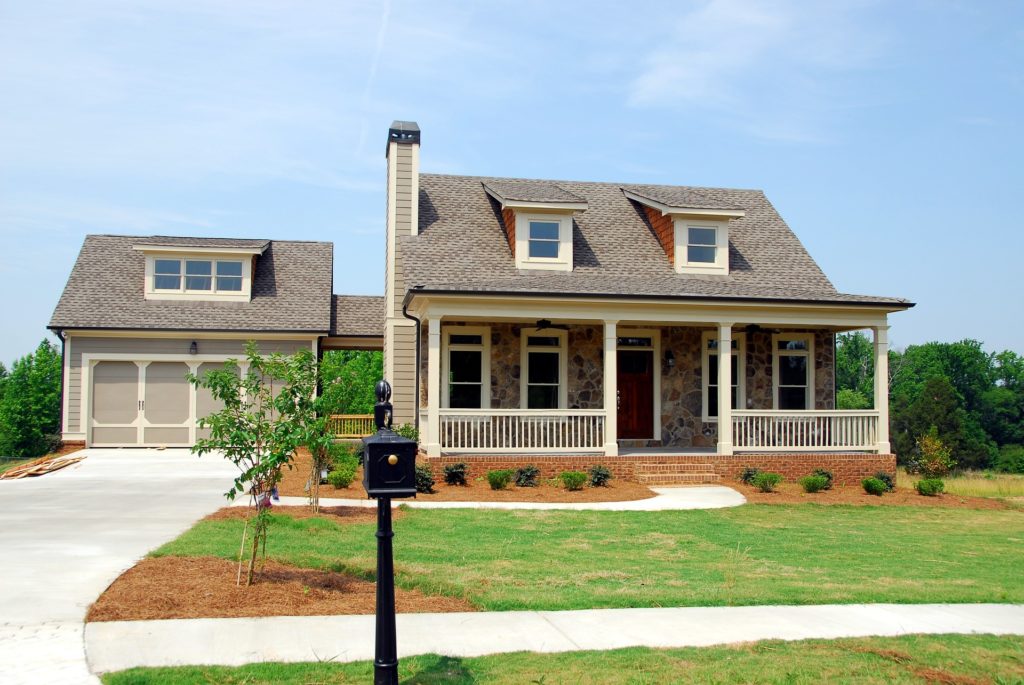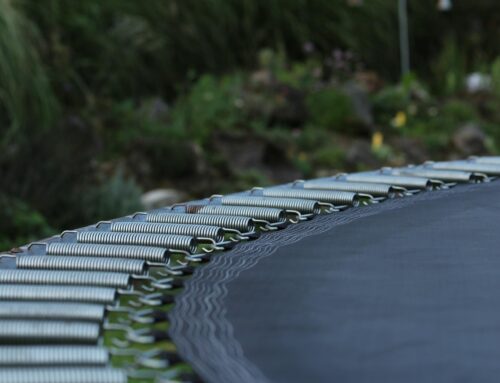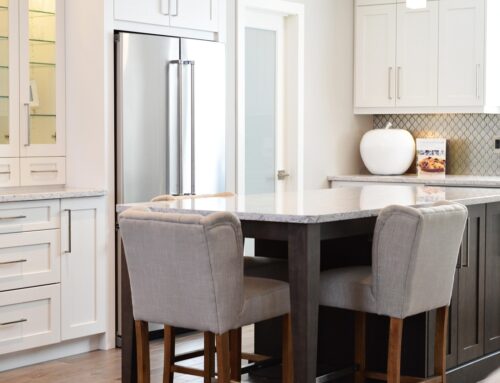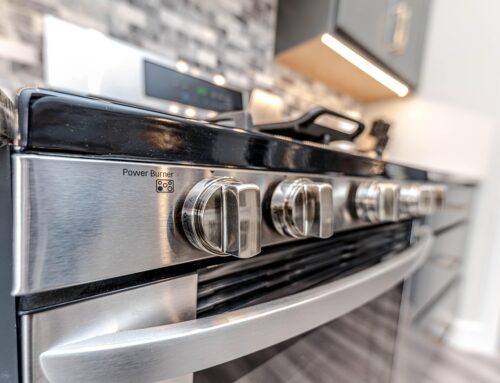As one of the Sarasota area’s most trusted insurance brokerages, we take educating the public very seriously. that is why every once in a while, the Anderson and Associates Insurance Group likes to go back to the basics. In the following series, we will look at the basics of all the insurance types you need – starting with homeowner’s insurance. Remember, all of this information is meant to start you on your journey – but please don’t hesitate to call to ask any questions you may have.

Coverage Types
The Florida Office of Insurance Regulation provides a lot of good information on specific details of homeowners’ insurance. To start, it is important to learn about the component parts of most Florida policies.
Coverage A – Structure
This part of the policy covers the main dwelling/home. Most people’s property includes more than just a house, but this coverage only applies to the house itself. However, as most of a home and property’s value is directly tied to the main living area, structure coverage is an essential component of any plan that should cover the house’s whole value.
Coverage B – Other Structures
This part of the policy protects against damage to other structures like sheds and detached garages. Some homes might not have a need for extensive coverage on external structures, and this part of the policy can be deemphasized to lower the overall plan cost.
Coverage C – Personal Property
Personal contents found within structures fall under this aspect of the policy. Everything in your home – furniture, appliances, electronics, collectibles, jewelry – should be categorized and recorded in a home inventory audit to help simplify the process of filing claims in the future. Some expensive items might exceed the limits of your plan and require specific coverage to reimburse their full price.
Coverage D – Loss of Use
Loss of Use coverage helps pay for additional costs you incur due to the loss of use of your home. Rebuilding or repairing a house isn’t a quick process, and the money you spend on lodging, meals, and similar necessities in the meantime is likely covered up to a limit and specified time frame.
Coverage L – Personal Liability
Personal liability coverage protects you from lawsuits if someone is injured on your property or if you damage someone else’s personal property. Personal liability coverage is not guaranteed protection from any lawsuit. Instead, it provides a buffer that can safeguard your assets in the case of a successful lawsuit started by another party. If you have substantial assets that someone else can go after in the event of an accident, you may need additional coverage beyond what the average homeowners’ insurance provides.
Coverage M – Medical Payments to Others
Similar to liability protection, this coverage helps cover medical expenses for other people injured on your property. However, this coverage is not usually enough to take care of extensive injuries, and people who are injured due to your negligence may still go after you in lawsuits where personal liability coverage is more applicable.
Protection From Perils
Each policy is different, and depending on the type of policy you purchased, you may or may not be covered for specific disasters and perils. Different policy types will also give you varying amounts of money, such as replacement cost vs. actual value.
The most bare-bones policies – designated HO-1 and HO-2 – only cover named perils. This means that any disaster not explicitly mentioned in your policy is not covered. Open policies, like HO-3 and HO-5, are more comprehensive and will cover any disasters not explicitly mentioned as outside of coverage, like flood damage.
Some policies are designed for unique situations, like condo ownership or mobile homes. A minimum HO-3 coverage is recommended for the average homeowner to protect their house from the most common perils. In conjunction with additional coverage for disasters common here in Florida, you can rest easy knowing your home is well protected from any future disasters.
If you need more information, call Anderson & Associates Insurance Group today.









